Grid-16
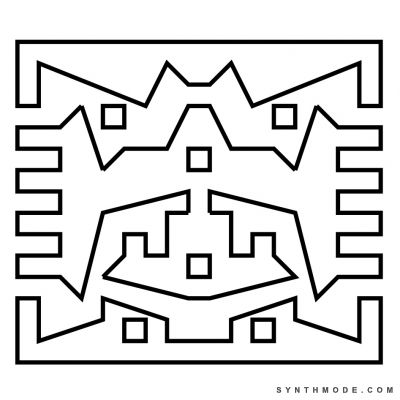
Grid-16 is Aztec and circuit board-inspired. The grid is open from the left and right sides of the piece where a polygon with four rectangular protrusions faces outwards. The elaborate polygons can be seen as a representation of a system such as a circuit board, or a diagram such as a mandala or an Aztec Cosmogram, both of which are representations of the universe.
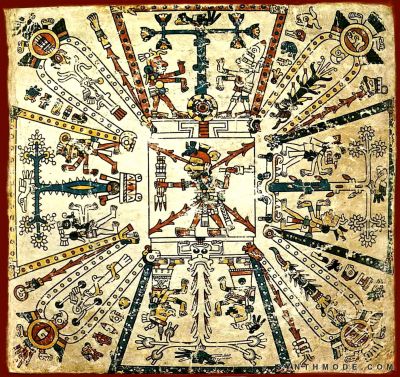
The Aztec Cosmogram shares a lot of similarities with gridz, some of them being a general square shape and dominant geometric structure utilizing mostly straight lines. It doesn't, however, necessarily look too much like grid-16. The characters you see on the cosmogram are Aztec Night Lords or "Yoallitecuhtin". I found a representation of two of these Aztec Night Lords that I feel have a greater resemblance to grid-16.
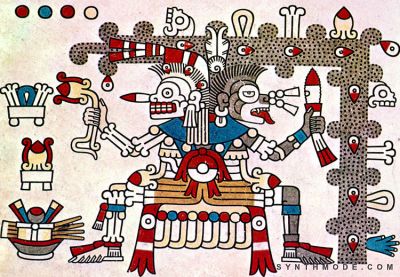
While these parallels and tangents do not necessarily increase the validity or coherence of Grid-16, they do allow us to explore the source of inspiration. While looking at more Aztec art I realized that my interpretation of it was not as accurate as I imagined, however, in the end I still felt happy with the result.
If you like circuit board patterns/materials and Aztec art, then you might like this necklace from the Orchid Art Jewelry Gallery - High Tech Fusion - Corliss and John Rose which also looks like futuristic jade aztec jewelery:

Introducing Gridz
Gridz are abstract art pieces with the following characteristics:
- Have a minimalist design
- Are drawn using a grid as aguide (usually from 8x8 up to 20x20)
- Use only staringht lines that start and end at grid crossings
- Use repetition and space creatively and thoughtfully
- May implement familiar/thought-provoking shapes and symbols
-
Do not use suggestive titles



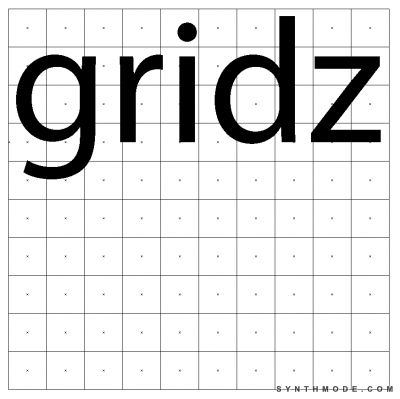
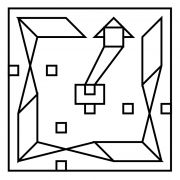

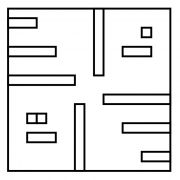
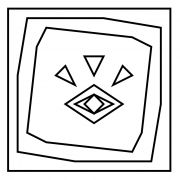
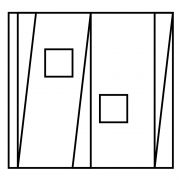

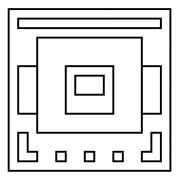
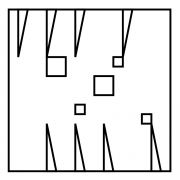
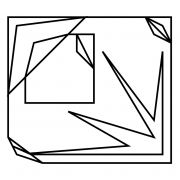
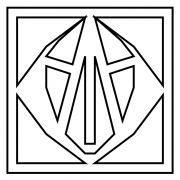
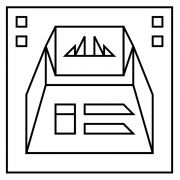
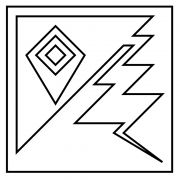
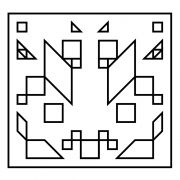
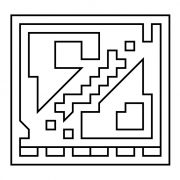
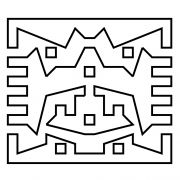
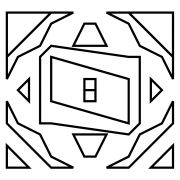
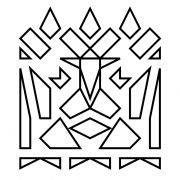
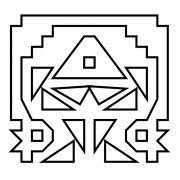
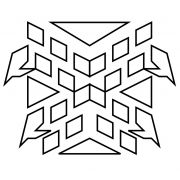
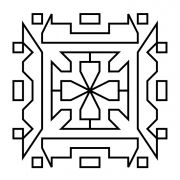
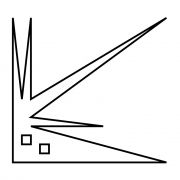
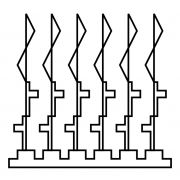
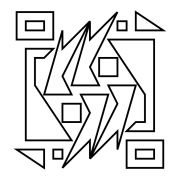
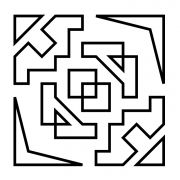
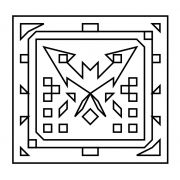
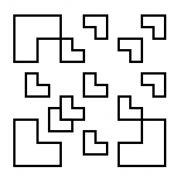
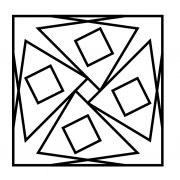
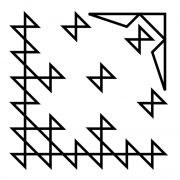
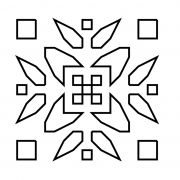
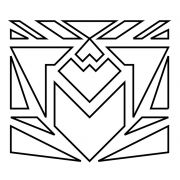
Add new comment